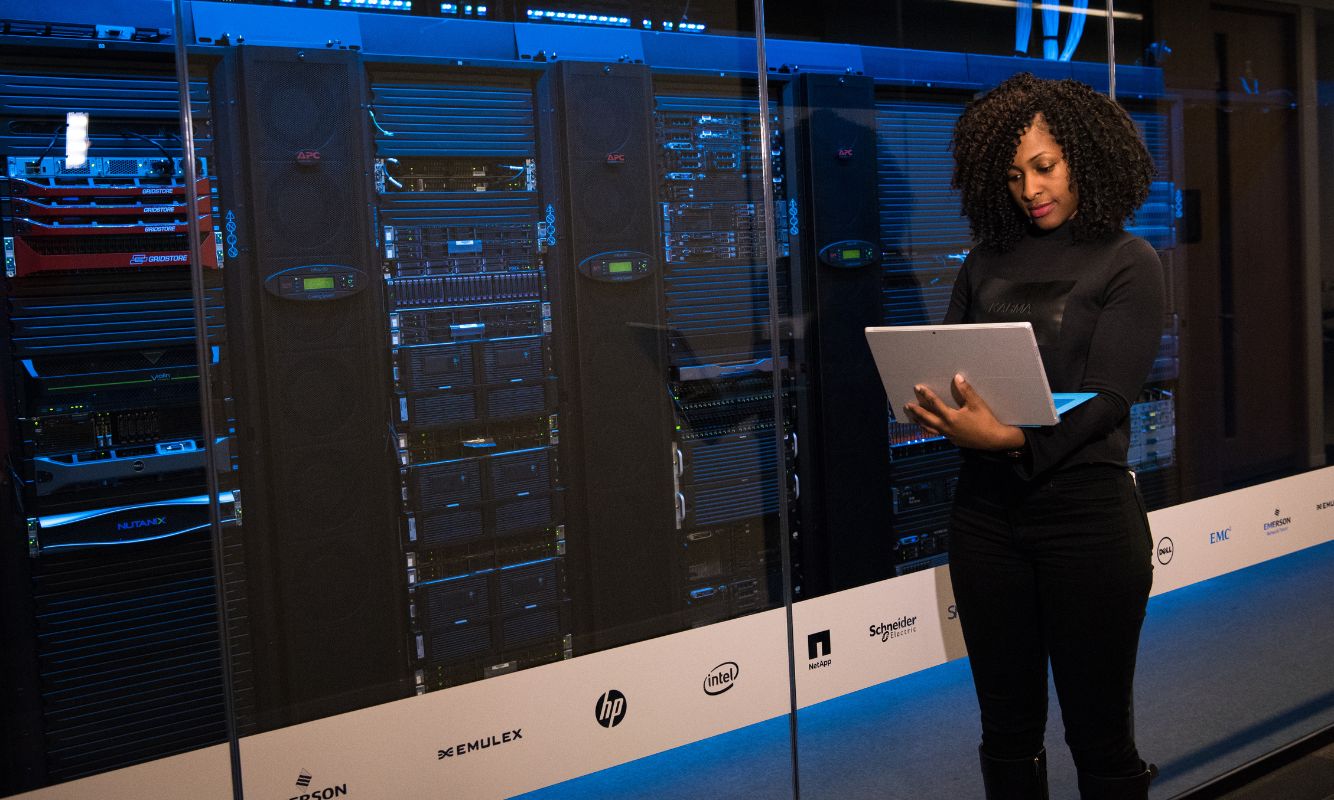Traditional quality control has served its purpose over the years. But now, manufacturers must embrace AI and hybrid IT for smarter intervention.
Key Takeaways:
- Delivering flawless products is a must to thrive in the modern age.
- Artificial intelligence can help improve quality control and minimize product recalls.
- However, its adoption requires a scalable, flexible, and resilient IT infrastructure.
Product quality, reliability, and safety have always been priorities in manufacturing. But today’s challenges—intense competition, demanding customers, and strict regulations—make the stakes higher than ever. A single defect can lead to costly recalls and damaged trust. How do you stay ahead?
The answer isn’t more manual inspections or outdated systems. It’s AI-driven quality control. Faster, smarter, and more reliable.
Forward-thinking companies are already using generative AI (GenAI) to transform how they work. From predictive maintenance to product design and supply chain management, they’re gaining an edge. Now’s the time to join them. Integrate AI into your IT systems and stay competitive in this new era of manufacturing.
The best approach is to use a modular hybrid infrastructure to optimize workload placement on-premise and in the cloud. Hybrid IT addresses complex needs, including legacy system compatibility and scalability, making it crucial for GenAI’s successful adoption.
This article explores how a hybrid infrastructure can meet unique industry demands, bridging legacy systems and new technology. Read on to gain insights on maximizing IT resilience, efficiency, and compliance with expert-backed strategies.
Overcoming Legacy System Constraints with Hybrid Solutions
Legacy systems are often a double-edged sword in manufacturing. While they offer stability and help perform mission-critical functions, their inflexibility limits your ability to scale operations and integrate cutting-edge AI solutions. Maintaining them isn’t cheap either. As production volumes increase and product complexity rises, the shortcomings of legacy systems become more pronounced.
Modernization is the way forward. Yet, it must be done carefully, as simply “lifting and shifting” data and applications from on-premise to the cloud may not yield optimum results. Reconfiguring the entire factory floor from the ground up isn’t necessary, either.
We recommend harmonizing older systems with newer technologies like AI through hybrid IT. This approach allows you to keep workloads in the appropriate environment and ensure data availability 24/7. It also addresses some common issues of fully-fledged on-premise hosting, such as overprovisioning, fixed costs, lack of agility, and poor patch compliance.
Keeping assets at the edge and seamlessly integrating them into a modular hybrid architecture creates a flexible environment for strategic AI deployment based on manufacturing needs. The AI solution can effectively access data as it enters production and make it readily available to workers simultaneously.
Beyond allowing effective data management, hybrid IT can minimize bias, ease governance, and offer the computational power AI requires to process large data sets swiftly. Below, we delve deeper into why you should consider adopting a hybrid approach.
Benefits of a Hybrid IT Infrastructure for Modern Demands
A robust hybrid infrastructure can help you meet these modern manufacturing requirements:
Quality Control and Defect Reduction
By enabling AI integration, hybrid IT allows continuous monitoring of equipment and production processes. Therefore, quality control doesn’t have to be conducted in stages or scheduled intervals. Instead, data from cameras, sensors, and other industrial IoT (IIoT) devices can be analyzed in real-time to identify product defects and equipment degradation for early intervention. This considerably reduces wastage and potential downstream impacts. Per McKinsey, manufacturers can increase defect detection rates by about 90% with AI-based visual inspection and quality control.
Efficiency
Another way AI-powered hybrid infrastructure gives you an edge is through automated data management and processing. It consolidates data from all your sources for consistency and ensures even minor errors don’t slip through the cracks. With AI performing low-level tasks and workers focusing on those of high value, manufacturers can accelerate the time to market without compromising product quality.
Compliance and Security
With more stringent data privacy and security regulations coming up every year, compliance is a critical concern for manufacturers. Yet, they must meet requirements without incurring unnecessary costs. While a purely on-premise infrastructure provides robust security, not all data needs to stay there. Keeping only the most sensitive data on-premise and moving less sensitive information to the cloud can offer more value. Plus, with AI monitoring your digital ecosystem, you can catch compliance risks before audits.
Scalability and Flexibility
Production lines must keep up with constantly changing consumer, market, and manufacturing demands. A hybrid infrastructure allows you to balance storage and processing options on-premise and in the cloud to accommodate these demands without costly overhauls or additions. Further, because the infrastructure supports rapid AI deployment, you can harness this powerful technology at every stage of your evolution.
Strategic Steps for Building a Resilient IT Model
Here are four steps to build a resilient IT model:
1. Assess the Current Infrastructure
Comprehensively evaluate your existing systems for insights into how current capabilities compare to future needs. This is also the point to start identifying integration points where AI can be introduced without significant disruption.
2. Identify Key AI Applications
When exploring potential applications for Generative AI, prioritize areas where it can deliver the greatest impact. Key use cases include predictive maintenance, quality assurance, and inventory management, each offering significant opportunities for operational improvement.
3. Plan for Scalability and Future Needs
Ensure your infrastructure supports growth and new technologies as they emerge. But remember that technical scalability is only one part of the equation. The other part is your workforce—train them to adapt effectively.
4. Prioritize Security and Compliance
Build enough safeguards for all the IIoT devices connected to your network. This will be key to meeting industry standards and protecting data integrity across operations.
Ready to embrace AI through hybrid IT?
Explore How CoreBTS Can Help With Your Digital Transformation
AI-driven quality control isn’t a futuristic concept any longer—it’s a present-day reality. However, successful implementation requires an agile infrastructure. If you are ready to elevate your processes and products, Core BTS can guide you through every step.
With 20+ years of expertise in deploying tailored technology solutions for manufacturing firms, our pros can help you build a modular, scalable hybrid infrastructure that unlocks the full power of AI in all your manufacturing operations, not just quality control.
Talk to our team to learn how we can help with your digital transformation.





Share on